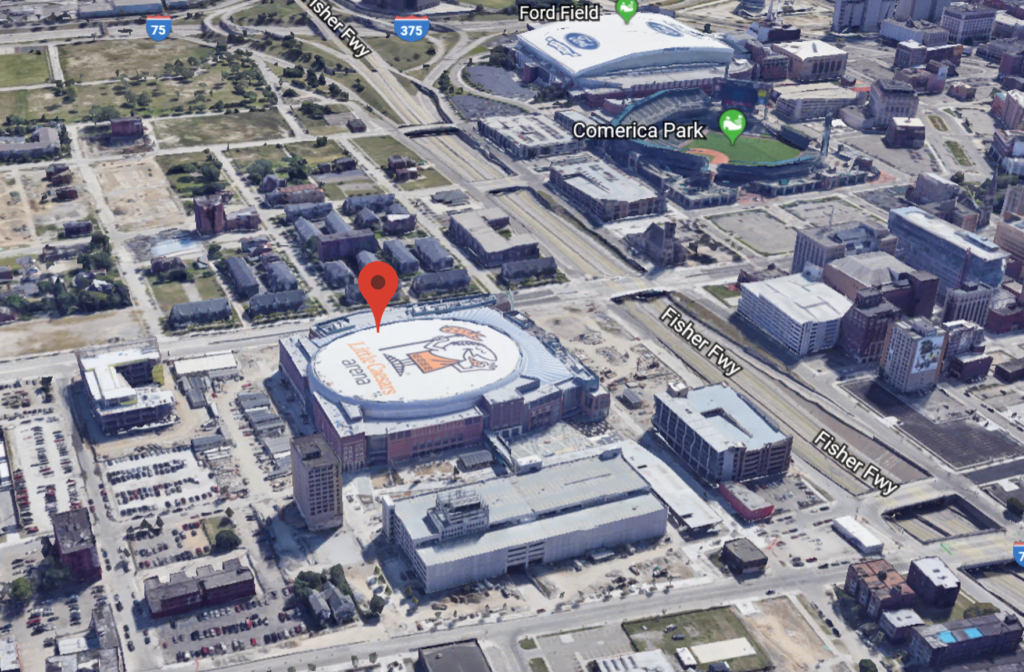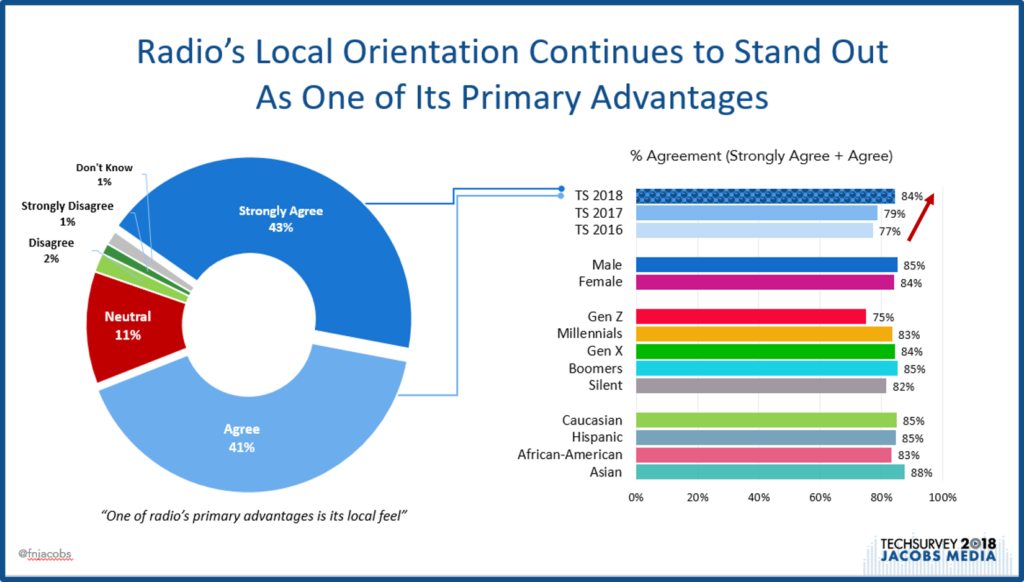
Every major brand may have a global strategy, but more and more these days, they’re thinking local.
That’s because whether people live in San Francisco, Schenectady, or Shanghai, they care very deeply about the their communities. Major companies have come to realize that in order to expand and prosper, they have to reflect and respect the local zeitgeist. With the help of technology, this is becoming more seamless to do.
Take the New York Times, for example. Despite the travails of most newspapers, the Times is far from “failing,” and is enjoying some of its best financial quarters. Yes, a great deal has to do with their product – their content and the quality of their staff. But a great deal of the newspaper’s success is coming via the digital route, including expansion to foreign markets.
A recent article in Nieman Lab lays out the Times’ global domination strategy. And it starts with attention paid to local markets, according to journalist Shan Wang.
Today, the Times has north of 2.3 million subscribers, and a growing number is from outside the U.S. Canada is the biggest “international” market, but expansion started in Australia in 2017.
And it starts with figuring out the local market. The Times’ Jodi Rudoren says that research in other countries always points to the same common denominator:
“Local stuff will overindex everywhere.”
Whether it’s Brisbane, Barcelona, or Berlin, readers want to know their personal geographies are prominently covered. And when they’re able to “connect the global and local” by making their national coverage relevant to locals, that’s when the strategy becomes the most powerful.
Technology plays a major role in sussing out the local mood and attitudes. Sydney bureau chief Damien Cave says a key is tapping into existing tribes, such as the Facebook group “Yanks Down Under.” And the Times’ own Australia Facebook page is a great source of feedback to help avoid content that will offend local sensibilities.
A different application for tapping into the local mindset is now being employed by Metallica. A recent story in Digital Music News by Paul Resnikoff reports that Lars and company are using Spotify local data as a barometer of what Metallica songs locals in Austin, Ann Arbor, and Amsterdam are streaming.
With that feedback in hand, the band changes up its set list each night, based on this granular local information. Spotify CEO Daniel Ek points out  that “We’ve never before been at a place in time where you could make as many informed decisions and understand your audience as well as we can do now as an artist.”
that “We’ve never before been at a place in time where you could make as many informed decisions and understand your audience as well as we can do now as an artist.”
And as the aforementioned Lars Ulrich notes, there are certain core classic Metallica songs that are popular everywhere. The local Spotify data, however, identifies those secondary and tertiary tracks that help make their shows special.
This idea of using digital media as a sort of “data concierge” is something radio stations could take advantage of. While local callout research is still a tool that thousands of programmers use, some of the very same digital indicators the New York Times and Metallica use are available to any station.
Of course, there are no better brands than local radio when it comes to knowing their markets. At least that’s true in theory.
But too often, companies acquire stations or hire programmers, talent, and sales managers from outside the market. A healthy respect for the local history and traditions is a key to success whether you’re selling time or playing hard rock music in arenas.
When it comes to the importance of local, we see the same phenomenon as the Times and Metallica in both our commercial nad public radio Techsurveys:

These are powerful numbers, they’re trending up, and they impact every demographic group – gender, generation, ethnicity.
Even radio stations without the luxury of local research can benefit from some of the same resources global brands routinely use to focus on communities and metros – streaming data, social media groups and pages, local podcasts and the people who present them. All these tools are available to stations in all sized markets.
Radio has myriad challenges, and one of them is the intrusion of big media outlets from Spotify to Apple Music to SiriusXM. Knowing your local roots has never been important in radio remaining relevant to hometown consumers.
The world is moving faster than ever, and technology is rapidly reaching the points where Artificial Intelligence, voice, and attribution are all new terms that will rock the world of radio.
And yet, one thing is for sure…
Local matters.
- What To Do If Your Radio Station Goes Through A Midlife Crisis - April 25, 2025
- A 2020 Lesson?It Could All Be Gone In A Flash - April 24, 2025
- How AI Can Give Radio Personalities More…PERSONALITY - April 23, 2025




Local ascertainment and playlists are essential. Missed opportunity & lost art since 1996. Thank you, Fred. Hall of Fame Congrats! Clark
“A healthy respect for the local history and traditions is a key to success”
Couldn’t agree more here, Fred. However far radio has taken me, I remember something I heard from, I think, Jeff & Jer long ago, “marry your market.” Know what they know, know what they like, find ways to be compatible. Your outsider perspective can be good, but it’s better when you can integrate it into the community where you’ve freshly arrived.
I love “marry your market,” Eric. I watched Jeff & Jer kill it in Detroit before their amazing run in San Diego. They always had their finger on the pulse of the local communities in which they entertained. Thanks for the comment.